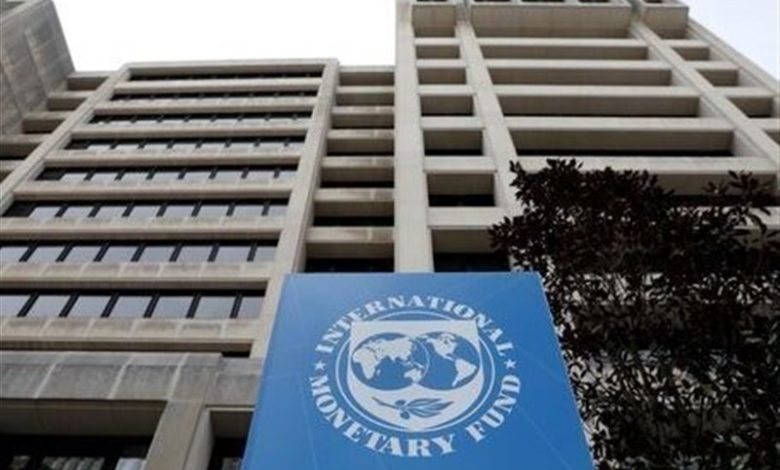Threat or Opportunity? Examining the Risks of Central Bank Digital Currencies for Financial Stability
Central bank digital currency (CBDC) is a new generation of money introduced with the aim of increasing transparency, speed, and reducing financial costs. However, if poorly designed and implemented, it may pose a threat to the banking system and financial stability.

According to the Sedaye Sama News Agency, The International Monetary Fund (IMF), in its new report titled “Central Bank Digital Currency and Financial Stability: Balance Sheet Analysis and Policy Options”, warns that the public issuance of a Central Bank Digital Currency (CBDC) could have significant effects on the balance sheets of both central banks and commercial banks. Depending on its design, it could either strengthen or destabilize financial stability.
The first risk is the shift of deposits from commercial banks to CBDC wallets. If individuals and businesses move their deposits to the central bank’s digital currency, banks could lose a major source of funding. As a result, they may need to rely on more expensive sources of liquidity or interbank borrowing to sustain lending operations.
If CBDC mainly replaces cash, the impact on bank deposits would be limited. However, if it becomes more attractive than traditional bank deposits, the pressure on banks would increase, weakening their lending capacity.
The second risk is a potential “digital bank run” during financial crises. In times of instability, depositors could instantly convert their funds into the risk-free CBDC, accelerating liquidity crises. This risk is particularly high if the CBDC offers interest or has no holding limits.
The third concern is the rising cost of bank funding and the disruption of financial intermediation. As banks lose deposits, they would need to seek more expensive or collateral-heavy funding sources, leading to higher lending rates and tighter credit access for consumers and businesses.
To mitigate these risks, the IMF suggests several policy measures:
-
Setting limits on CBDC holdings or transaction volumes to prevent large-scale deposit outflows.
-
Avoiding interest-bearing or highly attractive CBDC designs to reduce competition with bank deposits.
-
Using macroprudential tools to control the pace of fund transfers between banks and CBDCs during crises.
-
Expanding central bank lending facilities to support commercial banks under liquidity stress.
Moreover, the design of CBDC should emphasize its role as a means of payment, not a store of value, focusing on everyday transactions rather than large-scale savings.
In conclusion, the IMF views CBDC not as an immediate threat but as a “hidden challenge” — a tool that, if poorly designed, could harm financial stability. With proper regulation, monitoring, and design, however, CBDCs could enhance efficiency and transparency in modern financial systems.







